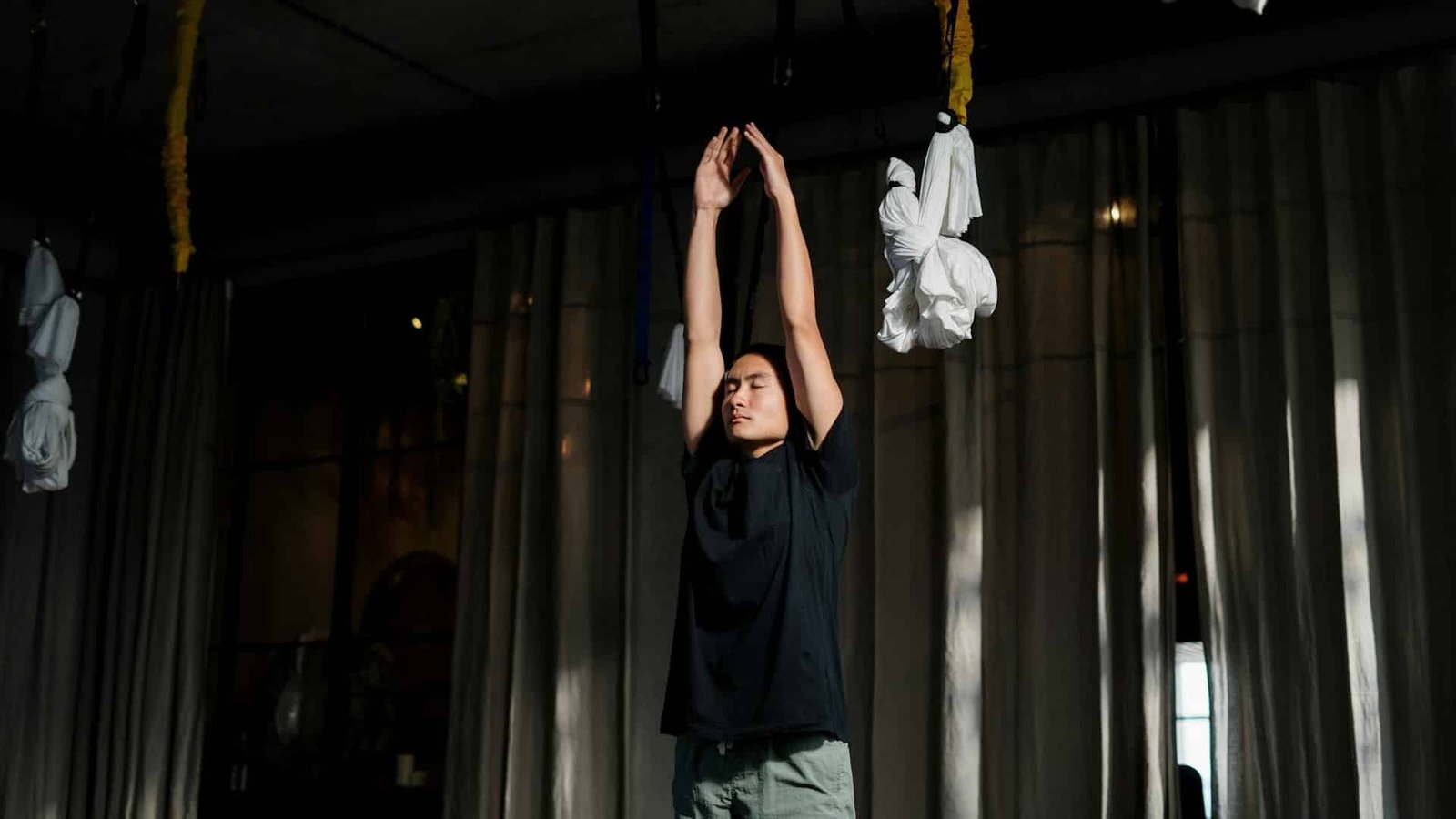How to Improve Sports Endurance with Better Breathing
February 6, 2025

February 6, 2025
A fundamental function of the human body, yet often overlooked in sports training—today, we talk about breathing.
Optimizing how we inhale and exhale can make a difference in endurance, athletic performance, and recovery.
For example, proper breath control allows athletes to maximize muscle oxygenation, delay fatigue, and maintain consistent performance levels over time.
Let’s explore the main techniques that can be integrated into training sessions.
The Role of Breathing in Endurance Sports
In endurance sports, proper breath management helps optimize oxygen delivery to the muscles, limit carbon dioxide buildup in the blood, and improve aerobic capacity.
On the other hand, inefficient breathing leads to increased lactic acid production, prematurely tiring the athlete.
For this reason, developing an appropriate technique helps prevent shortness of breath and loss of rhythm during physical activity.
Techniques to Enhance Endurance
Diaphragmatic Breathing
The diaphragmatic technique relies on the diaphragm rather than accessory chest muscles.
This method allows for complete lung expansion, increasing gas exchange efficiency and reducing respiratory effort.
🔹 How to Perform It
Inhale slowly through the nose, feeling the abdomen expand.
Exhale calmly through the mouth, completely emptying the lungs.
Maintain a steady and relaxed rhythm, avoiding shallow and rapid breaths.
It is particularly beneficial for endurance athletes, as it promotes lower energy expenditure and better breath control during prolonged exertion.
Rhythmic Breathing
Integrating breathing with the rhythm of physical activity is essential to avoid energy waste.
It synchronizes inhalation and exhalation with movement cadence, improving stability and oxygen flow.
🔹 Practical Examples
Running: Use a 3:2 pattern (inhale for three steps, exhale for two) or 2:2 for higher intensities.
Swimming: Synchronize breathing with the number of strokes, alternating sides for optimal balance.
Weightlifting: Inhale during the eccentric phase of the exercise and exhale during the concentric phase, increasing core stability.
This technique helps maintain a steady breathing pattern, reducing fatigue and optimizing oxygen distribution.
Nasal Breathing
It provides several benefits.
For example, it filters and humidifies the air, reducing the risk of respiratory tract irritation.
Additionally, it enhances diaphragm activation and promotes a higher release of nitric oxide, a vasodilator that aids oxygenation.
Finally, it helps maintain a controlled breathing rhythm, preventing hyperventilation and excessive carbon dioxide loss.
Initially, it may be challenging, especially at high intensities.
However, with progressive training, it improves lung capacity and carbon dioxide tolerance, crucial aspects for aerobic disciplines.
The Buteyko Method
The Buteyko method, developed by Russian physician Konstantin Buteyko, focuses on reducing ventilation to increase CO₂ tolerance and improve oxygen efficiency in the body.
🔹 Key Principles
Breathe less and more slowly to reduce respiratory stress.
Practice short breath holds after exhaling to enhance breath-holding capacity.
Encourage consistent nasal breathing.
This technique is also widely used in endurance sports to improve aerobic capacity and reduce breathlessness during exertion.
Box Breathing
Finally, box breathing—also used by special forces and in disciplines like yoga—is ideal for improving breath control, reducing anxiety, and enhancing mental resilience during intense training sessions.
🔹 Basic Pattern
Inhale for 4 seconds.
Hold the breath for 4 seconds.
Exhale slowly for 4 seconds.
Pause for 4 seconds before the next inhale.
This technique helps maintain focus, optimize oxygen consumption, and prevent hyperventilation during peak exertion.
Breathing as an Ally for Athletic Performance
Breath control is a key element in enhancing endurance and athletic performance.
Whether adopting diaphragmatic breathing, coordinating breath with movement, or training carbon dioxide tolerance, every athlete can benefit from integrating specific strategies.
Training breath control with the same focus dedicated to technique and physical preparation is essential to transforming it into a valuable ally for pushing limits and optimizing every workout.
If you’d like a free consultation to discover what kind of sponsorship might suit you, contact us. We’re waiting for you!
Categories
Recent News
Archives
- November 2025
- October 2025
- September 2025
- August 2025
- July 2025
- June 2025
- May 2025
- April 2025
- March 2025
- February 2025
- January 2025
- December 2024
- November 2024
- October 2024
- September 2024
- August 2024
- July 2024
- June 2024
- May 2024
- April 2024
- March 2024
- February 2024
- January 2024
- December 2023
- November 2023
- October 2023
- September 2023
- August 2023
- July 2023
- June 2023
- May 2023
- April 2023
- January 2018
- December 2017



